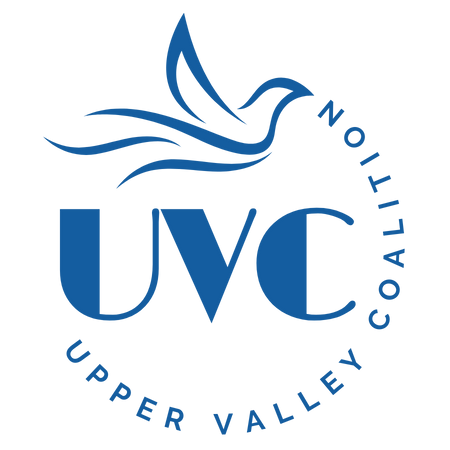
UVC Community Meeting – Hungry for Change
Join us to better understand food policy and find out what actions you can take to limit hunger in our communities, and learn what you can do to help now.
The distributors say monetary donations allow them to purchase needed food in bulk, which not only makes the best food choices available, but also cuts the cost of food considerably.
While the Administration tries to make political points – at the expense of people going hungry – we are working to make sure people are fed.
- 9.2% of households were “food insecure,” meaning that their access to adequate food is limited by a lack of money and other resources.
- 9.7% of the population lived below the poverty line.
- 9.0% of children lived in families below the poverty line.
- 9.6% of older adults lived below the poverty line.
SNAP reaches populations in need: Between 95 and 100% of eligible individuals participated in SNAP in Vermont in pre-pandemic 2020.
SNAP lifted 14,000 people above the poverty line in Vermont, including 5,000 children, per year between 2015 and 2019, on average. (These figures adjust for households’ underreporting of benefits.)
The same is true in New Hampshire.
- 7.4% of households were “food insecure,” meaning that their access to adequate food is limited by a lack of money and other resources.
- 7.2% of the population lived below the poverty line.
- 8.0% of children lived in families below the poverty line.
- 7.6% of older adults lived below the poverty line.
SNAP reaches populations in need: 79% of eligible individuals participated in SNAP in New Hampshire in pre-pandemic 2020.
Both New Hampshire and Vermont are seeking ways to alleviate the impact.
Hungry people in New Hampshire should not be held hostage to politics!The Trump Administration has the funds and the authority to issue SNAP & WIC benefits in November. Our State officials are doing their best advocating for additional dollars, yet our emergency food cannot replace SNAP & WIC.
We applaud the work of the Governor in this bipartisan effort.
Urge the USDA to release immediate and on-time funds for SNAP & WIC for November.
Donald Trump (President of the United States). @RealDonaldTrump
JD Vance (Vice President of the United States). @JDVance
Don’t wait! Please SHARE this email & our social media posts and encourage your network to act now.No family should have to worry about their next meal!
#SNAP #WIC #FoodSecurity #FundSNAPNow #ProtectWIC #EndHunger #GovernmentShutdown
